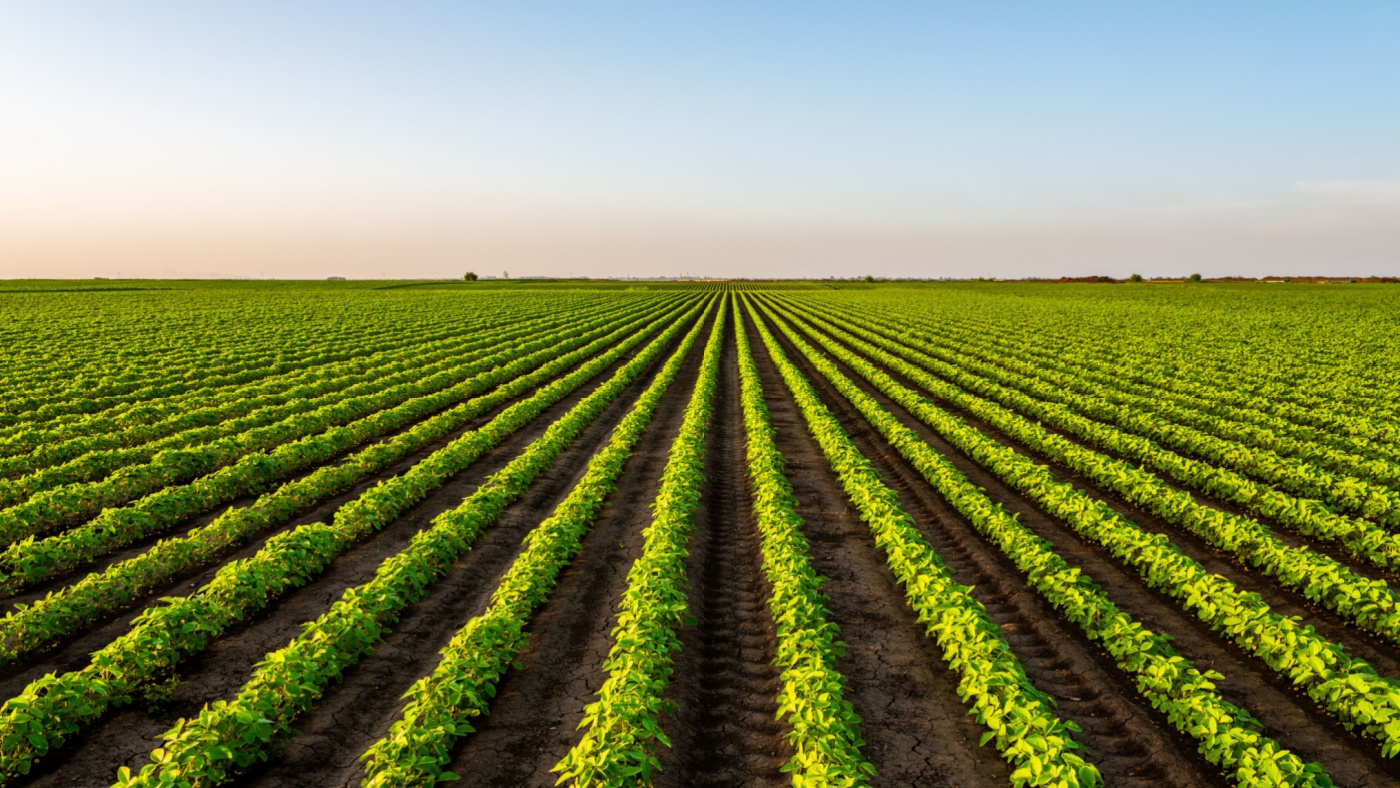While you’re in the combine cab for harvest, it’s probably worth thinking ahead to next year. That’s what researchers at the University of Illinois have been working on. Connor Sible, a crop scientist, said they’ve been looking into the value of early planting and soybeans.
“First thing we’ve been looking at, because there’s a lot of talk about it, is the planting date. The value of early planting, that holds true. It doesn’t win every year by going the earliest, but it still holds pretty high yield levels and potentials. An advantage there is that you can put the beans in a little earlier, maybe colder, when we wouldn’t be able to put in the corn, and then, when the prime windows come up, we can get the corn in, get it off to a good start, so we’re seeing a good trade-off there, so, early-planting soybeans. A little bit behind that is how you manage that early soybean versus traditionally planting it after the corn? We’re seeing actually like fertilizer responses, tend to be a little better on the later-planted, a little counter-intuitive. You think early planting, higher yield, better response potential, but when you’re planted late, they grow so fast, the soil can’t keep up. So, that’s some of the fertilizer work we’ve been seeing on soybeans.”
Sible said he’s working on specific inputs for soybeans.
“Phosphorus and then sulfur. And some of the sulfur comes with nitrogen, but really it’s the sulfur response that we’re seeing there. Yep.”


